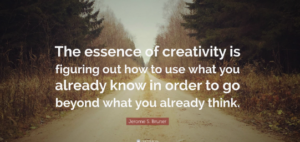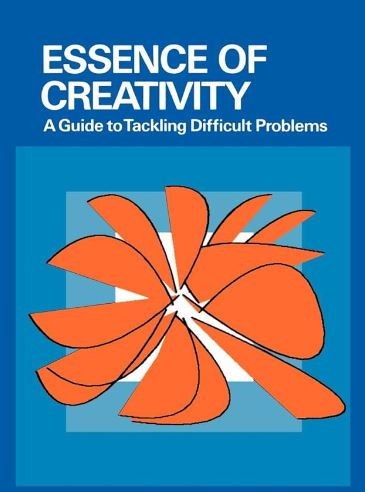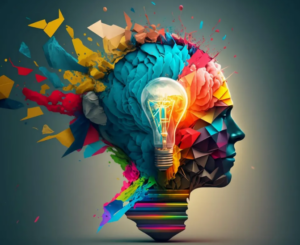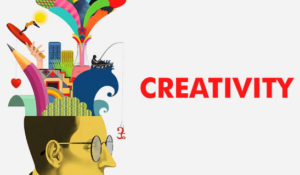|
Getting your Trinity Audio player ready...
|
In a world that thrives on innovation and imagination, the concept of creativity often takes center stage. But what exactly is the true meaning of creativity? Is it simply the ability to produce artistic masterpieces, or does it encompass a broader spectrum of human thought and expression? In this exploration, we delve deep into the essence of creativity, transcending preconceived notions to unearth its multifaceted nature.
Creativity Beyond Artistry
Many mistakenly equate creativity solely with artistic endeavors like painting, music, or writing. However, creativity extends far beyond the confines of these disciplines. It embodies the capacity to generate novel ideas, solve complex problems, and innovate in any realm of human activity. From engineering breakthroughs to culinary innovations, creativity thrives wherever human ingenuity flourishes.
The Catalyst of Imagination
Imagination serves as the cornerstone of creativity. It’s the ability to envision the unseen, to think beyond the boundaries of the familiar. Imagination sparks the initial idea, paving the way for the creative process. It’s what compels an inventor to conceptualize a revolutionary product or a scientist to explore uncharted territories. Imagination fuels the creative flame, setting the stage for transformational ideas.

The Essence of Creativity
Creativity: A Fusion of Knowledge and Curiosity
Creativity thrives when knowledge and curiosity converge. It draws upon the reservoirs of information and experience stored in our minds, synthesizing them in unique and unexpected ways. When we combine our understanding of existing principles with a relentless thirst for exploration, creativity emerges as a force of progress. Consider how Steve Jobs combined his knowledge of technology with a deep curiosity about user experience, resulting in groundbreaking innovations like the iPhone.
Breaking Down Mental Barriers
Creativity often flourishes when we transcend mental constraints. Routine thinking and adherence to conventions can stifle creative thought. To unleash the full potential of our creativity, we must be willing to challenge the status quo, question assumptions, and embrace uncertainty. By doing so, we open the door to innovative ideas that may have remained hidden otherwise.
Creativity as a Problem-Solving Tool
One of the most practical aspects of creativity is its role in problem-solving. When confronted with challenges, creative individuals have the ability to approach them from various angles, devising solutions that others might overlook. Think of it as a mental Swiss Army knife that can adapt to different situations, making it an invaluable asset in the professional world.
The Role of Passion
Passion is the driving force behind creativity. It’s what propels artists to paint through the night, scientists to conduct endless experiments, and entrepreneurs to persevere through setbacks. When we are deeply passionate about a subject or project, our creativity becomes boundless. Moreover, passion fuels dedication, and dedication, in turn, fuels creativity.
The Power of Collaboration
Creativity often shines brightest in the company of others. Collaboration can ignite the creative spark by pooling diverse perspectives and talents. Brainstorming sessions, interdisciplinary teams, and open dialogue foster an environment where creativity thrives. In this collective exchange of ideas, individuals can harness the power of shared creativity to achieve remarkable outcomes.
Overcoming Creative Blocks
Creativity is not always an effortless flow of ideas. Creative blocks, moments when inspiration seems elusive, are common. However, they are not insurmountable. To overcome creative blocks, it’s essential to embrace them as natural phases of the creative process. Sometimes, stepping away from a project or engaging in a different activity can rekindle inspiration. The key is to remain patient and persistent.
The Impact of Environment
Furthermore, the environment in which we live and work can significantly influence our creativity. Spaces that are conducive to creativity are well-lit, organized, and free from distractions. Moreover, exposure to diverse cultures, ideas, and experiences can broaden our creative horizons, enriching our perspectives and fostering innovation.
The Ethical Dimension of Creativity
Creativity is not a value-neutral concept. It carries ethical implications, as the creations of individuals and societies can have profound effects on the world. Innovations can either serve humanity’s betterment or detriment. Hence, it is crucial to cultivate ethical awareness and responsibility in the creative process, ensuring that creativity is a force for good.
Conclusion
In essence, the true meaning of creativity extends far beyond the realm of artistry. It encompasses the fusion of imagination, knowledge, curiosity, and passion. Creativity thrives when mental barriers are broken down and collaboration is encouraged. It is a problem-solving tool, a catalyst for innovation, and a driving force for progress. Embracing creativity in all its forms is not only a celebration of human ingenuity but also a commitment to shaping a brighter and more imaginative future for all. In a world that constantly demands creative solutions, understanding the true essence of creativity is more important than ever. So, let your imagination soar, cultivate your creative spirit, and let the world witness the remarkable creations that can emerge from your boundless creativity.



